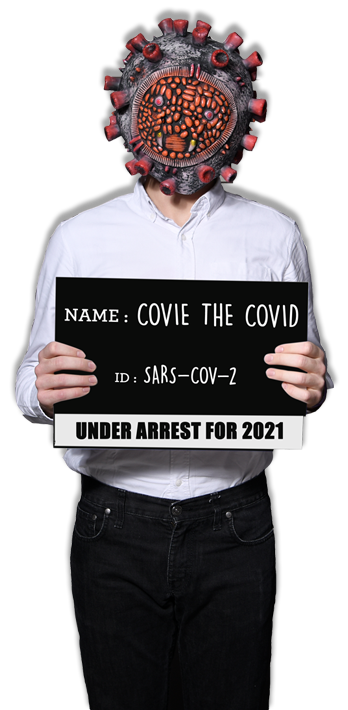Photocatalytic and superhydrophilic properties.
Many self-cleaning solutions used by the glass industry rely on hydrophobic technology. An hydrophobic treatment increases the surface tension of glass to repel water. Water slides easily off the glass surface, reducing the amount of residual water droplets. Unfortunately, traces of limescale can remain after drying.
By contrast, surfaces coated with PhotoACTIVE become super hydrophilic: rather than eliminating water from the surface, water will spread forming a very thin layer. This, combined with an increased surface area exposed to air, helps speed up the evaporation process and eliminates the risk for limescale stains.
The photocatalytic properties of PhotoACTIVE lead to the degradation of the biofilm and organic matter on the now self-cleaning surfaces.
Understanding superhydrophilicity:
